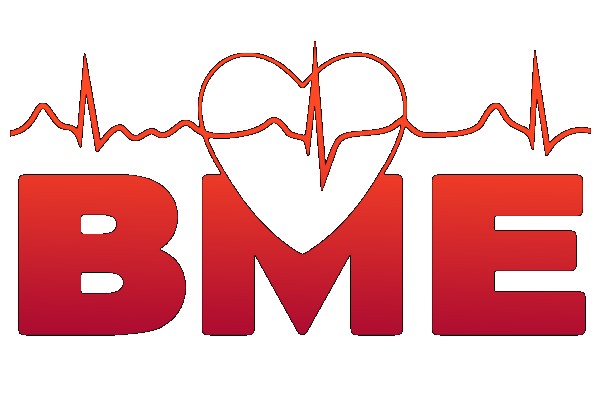Lectures:
1. Computer design support - integration of CAD systems into stages of the production process
2. System methodology, thinking approach, methods and design process).
3. Technique in System Concept, Assessment and Evaluation of Technical Objects.
4. A comprehensive approach to problem solving. Coordinate systems of scanning and prototype devices.
5. 3D scanners and their types and uses.
6. CAD systems and modeling tools.
7. Visualization in display principles in CAD systems, scaling.
8. Models in flat and volume concepts.
9. Manufacturing and assembling drawings, creation of drawings in CAD systems.
10. Reverse Engineering, Principles, Techniques, and Usage.
11. Preparation of backgrounds for 3D additive manufacturing, conversions and data formats
12. Materials and design possibilities of prototype materials for 3D printing
13. Implementation of 3D prototypes, creation of supporting structures
14. Purification, surface treatment, prototype coloring. Testing compatibility with an electrotechnical solution.
Computers exercises:
1. Introduction to the working environment, control and principles of 3D modeling in CAD, presentation of individual Autodesk Inventor software modules.
2. Elements and creation of simple 2D and 3D geometry - use of geometric sketch links, dimensioned equations, visualization of model geometry and its export.
3. Basic elements for creation of 3D geometry, creation of a simple model for connection of electrotechnical equipment and machinery.
4. Basics of creating 2D drawing documentation, familiarization with the drawing documentation module environment, drawing settings and work environment.
5. Use a 3D scanner, compare outputs, and scan errors.
6. Examples of modeling by reverse engineering and comparison of variations with the original model.
7. Preparation and preparation of documentation for 3D rapid prototyping, input conditions, conversions and data formats.
8. Material selection for prototype device design.
9. Systems and approaches for modeling surfaces and surfaces.
10. Introduction / Fundamentals of FEM Analysis (Finite Element Methods).
11. Preparation of documents and implementation of prototype printing.
12. Finalization of the prototype, surface, coloring, mating.
13. Testing the created prototype, showing the strengths and weaknesses of the prototype solution.
14. Evaluation of the success of the resulting prototype device. Evaluation of elastic strength and compatibility with input conditions.
1. Computer design support - integration of CAD systems into stages of the production process
2. System methodology, thinking approach, methods and design process).
3. Technique in System Concept, Assessment and Evaluation of Technical Objects.
4. A comprehensive approach to problem solving. Coordinate systems of scanning and prototype devices.
5. 3D scanners and their types and uses.
6. CAD systems and modeling tools.
7. Visualization in display principles in CAD systems, scaling.
8. Models in flat and volume concepts.
9. Manufacturing and assembling drawings, creation of drawings in CAD systems.
10. Reverse Engineering, Principles, Techniques, and Usage.
11. Preparation of backgrounds for 3D additive manufacturing, conversions and data formats
12. Materials and design possibilities of prototype materials for 3D printing
13. Implementation of 3D prototypes, creation of supporting structures
14. Purification, surface treatment, prototype coloring. Testing compatibility with an electrotechnical solution.
Computers exercises:
1. Introduction to the working environment, control and principles of 3D modeling in CAD, presentation of individual Autodesk Inventor software modules.
2. Elements and creation of simple 2D and 3D geometry - use of geometric sketch links, dimensioned equations, visualization of model geometry and its export.
3. Basic elements for creation of 3D geometry, creation of a simple model for connection of electrotechnical equipment and machinery.
4. Basics of creating 2D drawing documentation, familiarization with the drawing documentation module environment, drawing settings and work environment.
5. Use a 3D scanner, compare outputs, and scan errors.
6. Examples of modeling by reverse engineering and comparison of variations with the original model.
7. Preparation and preparation of documentation for 3D rapid prototyping, input conditions, conversions and data formats.
8. Material selection for prototype device design.
9. Systems and approaches for modeling surfaces and surfaces.
10. Introduction / Fundamentals of FEM Analysis (Finite Element Methods).
11. Preparation of documents and implementation of prototype printing.
12. Finalization of the prototype, surface, coloring, mating.
13. Testing the created prototype, showing the strengths and weaknesses of the prototype solution.
14. Evaluation of the success of the resulting prototype device. Evaluation of elastic strength and compatibility with input conditions.
